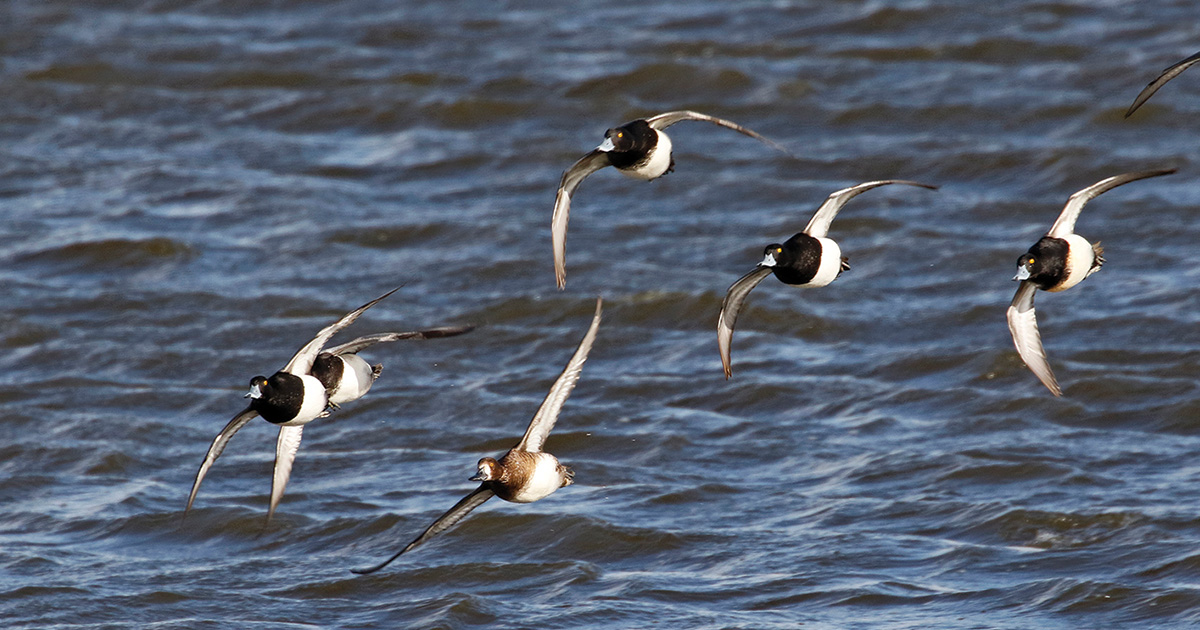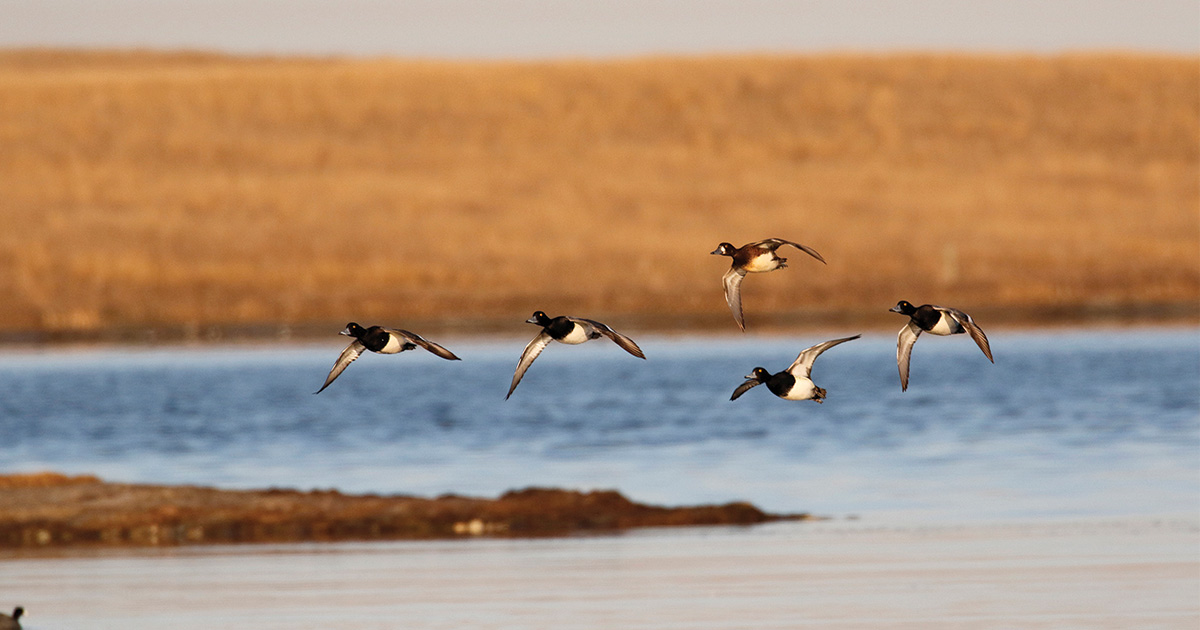Migration Alert: Minnesota Hunters Eye Next Week’s Cold Front
Oct. 20, 2023 – Mississippi Flyway – Minnesota
Oct. 20, 2023 – Mississippi Flyway – Minnesota

Minnesota hunters have been struggling to put together productive hunts in recent weeks. While early-season success was pretty good in many areas, ongoing unseasonably warm, dry weather has slowed the pace of the migration to a trickle. However, a dramatic change in the weather expected next week could kick the season into high gear for Minnesota waterfowlers.
“It's been very dry and very hot, so the migration has been extremely slow for us this season so far,” says Jake Whiteman of Whiteman Outdoors, who specializes in northwest Minnesota sandhill crane and goose hunting. “A lot of places that usually hold birds are not holding anything due to the lack of water, and we haven’t been getting new birds cycling in, so we’re seeing the same stale birds over and over.”
Whiteman adds that ducks are not field feeding much due to the heat and instead have been focusing on aquatic vegetation and loafing on wetlands.
Minnesota Department of Natural Resources Waterfowl Staff Specialist Steve Cordts posts a weekly report every Thursday. "Most areas are reporting mixed bags of birds, both dabbling ducks and diving ducks, which is typical for this time of year,” Cordts says. “Ring-necked duck numbers are fair in northern Minnesota; some blue-winged teal and wood ducks still remain, mainly in the central and southern parts of the state. Pintails, wigeon, gadwalls, redheads, and green-winged teal are present in many areas. Hunters able to scout this time of year are having much greater success.”
Duncan Abram, of Pit Properties in west-central Minnesota, notes, “We had a great duck hatch this year, so hunting has been good for us. We have had a few good migration days that seemed to bring some ducks, although there are still plenty of birds to come.”

Abram adds that he is noticing lower numbers of local geese, but huntable concentrations can be found in some areas.
“Wet and rainy conditions have made a mess of fields and slowed the harvest. It has created new sheet water and raised sloughs that have been low or dry,” reports Bret Amundson of Sporting Journal Radio, who hunts in the state's west-central migration corridor. “North winds have started bringing in a trickle of new birds, but the big numbers just haven’t arrived yet.”
Scott Threinen, of Molt Gear in the southeast corner of the state, is doing his best to maintain a positive attitude. “We've had some beautiful fall weather. Now we're waiting for the end of the full moon along with a major cold front,” he says.
As Threinen notes, legit ducky weather is in the forecast for next week. Coupled with recent heavy rains that have increased water availability, this is just the scenario waterfowl hunters across the state have been waiting for.
It’s safe to say good things are on the horizon as more waterfowl will soon be bound for the Land of 10,000 Lakes, and beyond.
Stay up to date with the latest migration information.